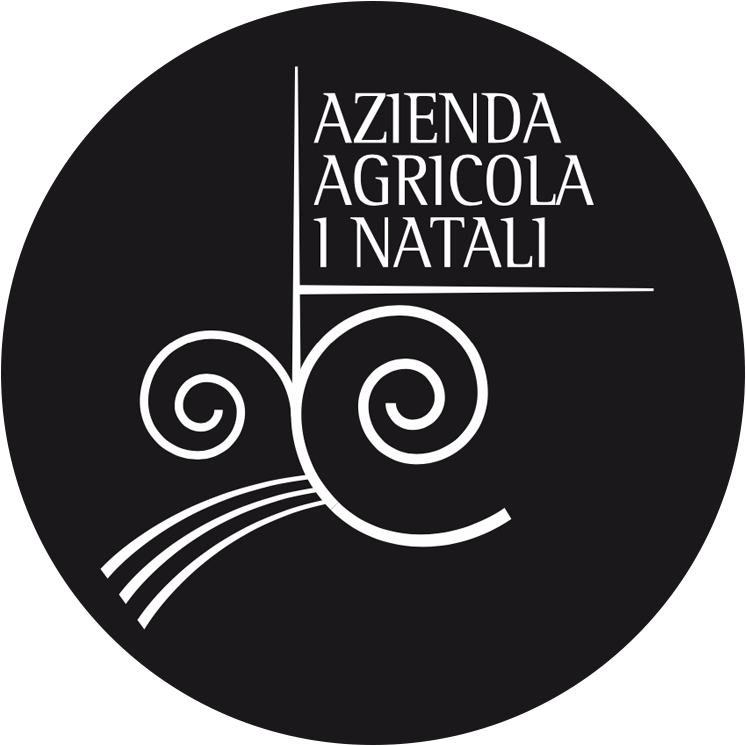Vinegar is an ancient product, which has always been appreciated as a precious ingredient not only for seasoning food but also for preserving, disinfecting, and for different usages not necessarily culinary.
We can find four categories of vinegar on the market:
1) Quality vinegar: excellent as a condiment, it is produced with fine must through slow fermentation and aging in wooden barrels.
2) Flavored Vinegar: it is produced from quality vinegar with the addition of aromatic herbs.
3) Common Vinegar: it is produced from non-fine wine through rapid fermentation.
4) Decolorized Vinegar: it is produced from common wine vinegar, which is decolorized and generally destined for the preservation industry.
The wine industry does not produce wines exclusively for acetification, besides particular cases of extremely high-quality products. Acetoscana is one of these exceptional cases: we firmly believe that the excellent quality of grapes is an essential requirement. Our vinegar is no longer produced from the “leftover” musts of winemaking, but comes from musts aimed at producing high-level vinegars. These vinegars also contribute to the requalification of grape varieties that are not very important, but widespread in the regional territory, without competing in any way with musts destined for winemaking.
